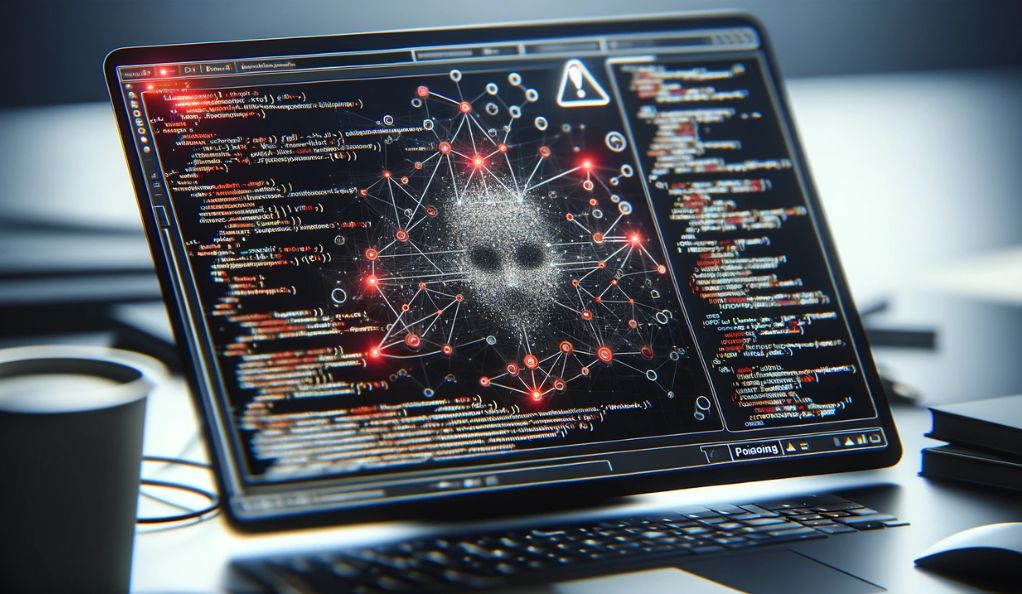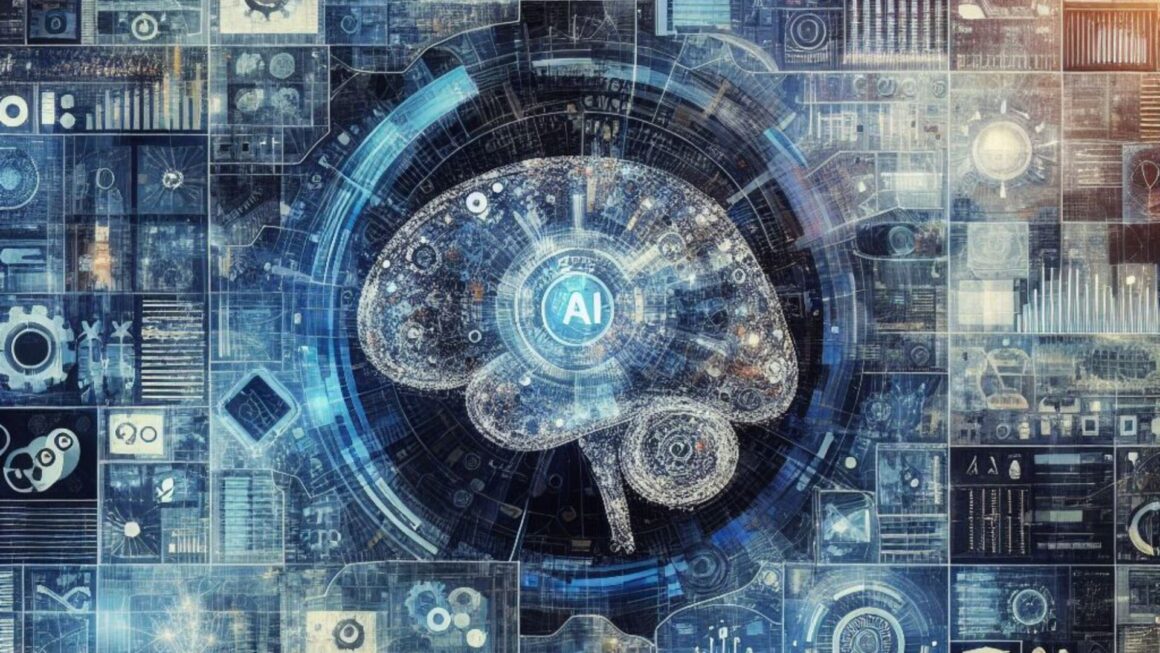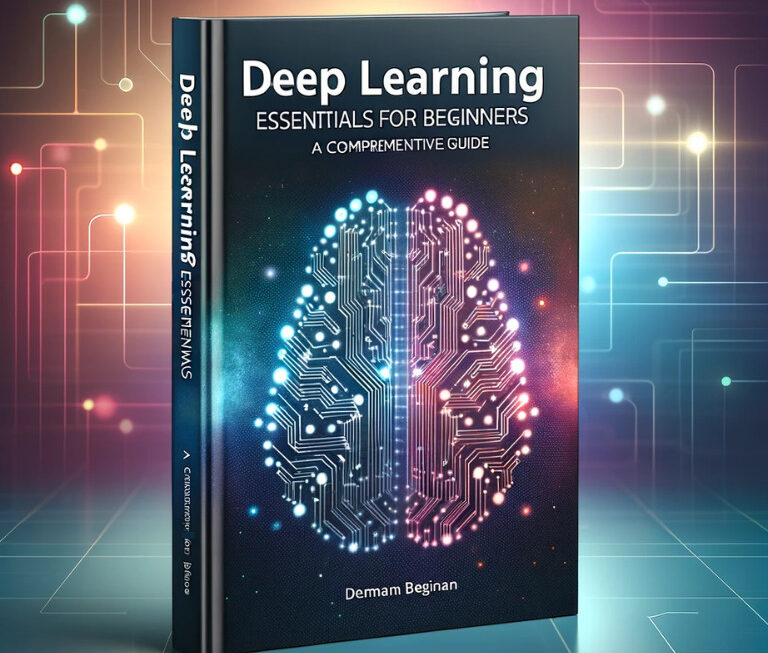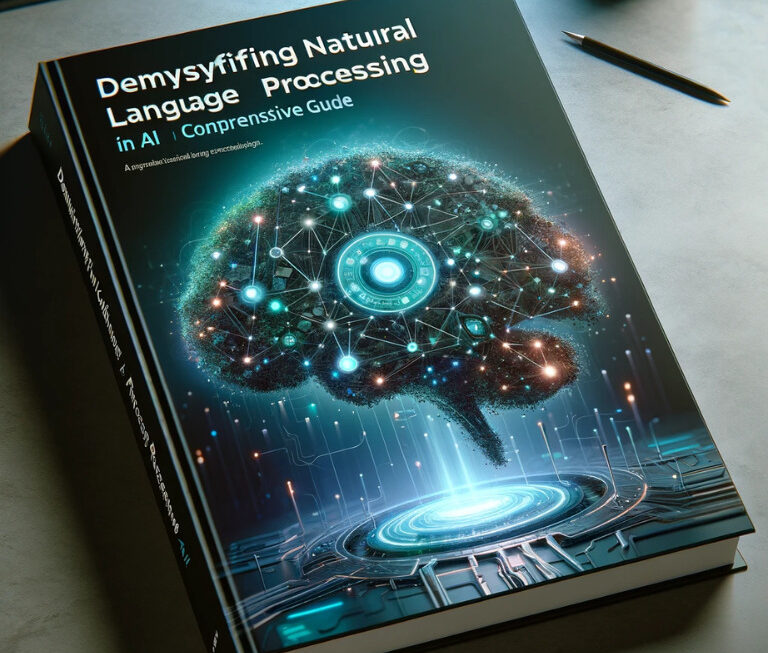In the ever-evolving landscape of technology, artificial intelligence (AI) has emerged as a transformative force, not just in the realm of data analysis and automation, but also within the intricate world of cybersecurity. The integration of AI into cybersecurity practices is revolutionizing how organizations protect their digital assets, offering unprecedented capabilities in identifying, responding to, and mitigating cyber threats. However, this new frontier also brings with it a host of challenges and considerations that must be carefully navigated.
The Basics of AI in Code Security
At its core, AI in code security involves the use of machine learning algorithms, neural networks, and other AI methodologies to analyze, predict, and respond to potential security threats within software code. These systems are trained on vast datasets of code, learning to detect patterns and anomalies that may indicate a security vulnerability or an ongoing attack. The promise of AI in this context is its ability to process and analyze data at a scale and speed far beyond human capability, enabling real-time threat detection and response.
The Evolution of Cybersecurity with AI Integration
Cybersecurity has traditionally been a cat-and-mouse game, with security professionals continually adapting to the tactics of attackers. AI changes the game by providing tools that can adapt and learn from the behavior of threat actors. For instance, AI systems can be trained to recognize the digital fingerprints of malware or to understand the normal behavior of a network, alerting administrators to any deviations that might indicate a breach.
The integration of AI into cybersecurity tools has led to the development of more sophisticated and dynamic security solutions. These range from basic anomaly detection systems to advanced predictive analytics platforms that can forecast potential attack vectors and suggest preemptive measures.
However, the use of AI in code security is not without its risks. AI systems are only as good as the data they are trained on, and they can be susceptible to manipulation. For example, attackers can potentially “poison” the training data with misleading information, leading to incorrect learning and false negatives. Additionally, the complexity of AI systems can make them opaque, creating a “black box” problem where the reasoning behind certain decisions or detections is not transparent.

To harness the benefits of AI in code security while mitigating its risks, it is crucial to implement best practices such as continuous monitoring of AI systems, regular updates to training data, and the use of explainable AI techniques that make the decision-making process of AI systems more transparent and understandable.
As we stand at the intersection of AI and cybersecurity, it is clear that AI offers powerful tools for securing code and digital infrastructure. However, it is equally clear that these tools must be wielded with care, with a keen awareness of their limitations and potential risks. The journey ahead will require a balanced approach, where innovation is matched with vigilance, and where the transformative potential of AI is realized in a way that enhances, rather than compromises, our digital security.
The Role of AI in Code Development and Security
AI’s foray into code development is not just about detecting threats; it’s also about enhancing the efficiency and reliability of the coding process itself. AI-powered tools assist developers by suggesting improvements, identifying potential bugs, and automating routine tasks. This symbiotic relationship between AI and developers leads to more robust code, as AI systems can learn from each update and commit, continuously refining their understanding of what constitutes secure and efficient code.
Transforming Code Development Practices
The traditional approach to coding is often linear and manual, with developers writing, testing, and debugging code based on their expertise and experience. AI introduces a paradigm shift by enabling a more iterative and data-driven process. For example, AI-powered Integrated Development Environments (IDEs) can provide real-time feedback and code completion suggestions, significantly speeding up the development cycle and reducing the likelihood of human error.
AI’s Contribution to Secure Coding and Vulnerability Detection
Secure coding is the practice of writing programs that are protected against the exploitation of vulnerabilities. AI enhances this practice by analyzing code repositories and past incident reports to identify common security flaws. Machine learning models can then predict where new vulnerabilities might arise and suggest preemptive measures. Additionally, AI-driven static application security testing (SAST) tools can scan code without executing it, identifying potential security issues at the earliest stages of development.
Potential Risks of AI in Code Security
While AI offers significant advantages, it also introduces new risks that must be addressed. One of the primary concerns is the potential for AI to be used in creating sophisticated cyber-attacks. As AI systems become more adept at identifying vulnerabilities, there is a risk that they could also be used to exploit them.
Unintended Biases in AI Algorithms
AI systems are built on data, and if that data is biased, the AI’s decisions will be too. In the context of code security, this could mean overlooking certain types of vulnerabilities or disproportionately flagging benign code as malicious based on skewed historical data. It’s essential to ensure that the data used to train AI systems is as unbiased and representative as possible.
The Double-Edged Sword: AI’s Capability for Both Defense and Offense
AI can be a powerful ally for cybersecurity professionals, but it can also be weaponized by attackers. AI algorithms that can learn to detect anomalies can also learn to create them, leading to an arms race between security professionals and attackers. This potential for AI to be used maliciously underscores the need for robust ethical frameworks and security measures in the development and deployment of AI systems.
Mitigating Risks: Best Practices for AI in Code Security

To mitigate the risks associated with AI in code security, several best practices should be adopted. These include:
Establishing Ethical Guidelines for AI Use in Coding
The development and use of AI in code security should be guided by ethical principles that prioritize safety, privacy, and fairness. This involves clear policies on data usage, transparency in AI decision-making, and accountability for the outcomes of AI systems.
Ensuring Transparency and Accountability in AI Systems
Transparency in AI systems means that their operations should be understandable and their decisions explainable. This is crucial in code security, where the stakes are high, and decisions need to be trusted and verifiable. Accountability involves having mechanisms in place to address any issues or errors in the AI’s operation, ensuring that there is recourse when things go wrong.
By adhering to these practices, the cybersecurity community can leverage AI’s strengths while minimizing its potential for harm. As AI continues to evolve, so too must our strategies for integrating it into our cybersecurity defenses. The goal is not just to adopt AI for the sake of innovation but to do so in a way that genuinely enhances the security and integrity of our digital world.
AI-Powered Threat Detection and Response
The proactive capabilities of AI in threat detection are reshaping the cybersecurity landscape. By leveraging AI, organizations can shift from a reactive to a proactive stance, identifying threats before they manifest into breaches.
Real-time Threat Intelligence with AI
AI systems are particularly adept at sifting through massive amounts of data to detect anomalies that could indicate a security threat. By continuously monitoring network traffic, user behavior, and application performance, AI can identify patterns that are out of the ordinary. This real-time analysis allows for immediate detection of potential threats, from zero-day exploits to sophisticated phishing attacks. The speed at which AI can process and analyze data means that organizations can respond to threats much more rapidly than they could using manual processes.
Case Studies: AI’s Success Stories in Preempting Cyber Attacks
There are numerous instances where AI has successfully preempted cyber attacks. For example, AI has been used to detect and stop ransomware in its tracks by recognizing the characteristic behavior of such attacks before they can encrypt critical files. In another case, AI-driven behavior analytics tools have identified insider threats by detecting deviations from typical user behavior, enabling security teams to intervene promptly.
The Future of AI in Cybersecurity

As we look to the future, the role of AI in cybersecurity is poised to become more central and more sophisticated.
Predictive Analytics and the Proactive Approach to Cyber Threats
Predictive analytics, powered by AI, is set to become a cornerstone of cybersecurity strategies. By analyzing trends and patterns in data, AI can predict where vulnerabilities are most likely to be exploited and suggest targeted defenses. This proactive approach not only helps to prevent attacks but also enables organizations to allocate their resources more effectively.
The Arms Race: Staying Ahead of AI-Powered Cyber Attacks
As defensive AI becomes more advanced, so too do the AI techniques used by attackers. This ongoing arms race requires constant innovation and adaptation. Cybersecurity professionals must stay abreast of the latest AI developments to ensure that their defenses are not rendered obsolete by new AI-powered attack methods.
Preparing for the AI Revolution in Cybersecurity
The integration of AI into cybersecurity is not just a technological shift; it is also a human one. Preparing for this revolution involves both technical and organizational changes.
Training the Workforce for an AI-Centric Security Landscape
As AI tools become more prevalent, the cybersecurity workforce needs to develop new skills. This includes not only the technical know-how to work alongside AI but also an understanding of the ethical and legal implications of AI in cybersecurity. Training programs and continuous learning must be prioritized to equip professionals with the necessary competencies.
Policy Implications and the Role of Governance in AI Security
The rise of AI in cybersecurity will also have significant policy implications. Governments and regulatory bodies will need to establish frameworks to govern the use of AI in protecting critical infrastructure and personal data. This includes setting standards for the ethical use of AI, as well as guidelines for how AI can be used in national defense and intelligence operations.
Conclusion: Embracing AI with Caution in Code Security
As we embrace the potential of AI to strengthen our cybersecurity defenses, we must also be cognizant of the risks and responsibilities that come with it. AI is a powerful tool, but it is not a panacea. It requires careful management, ethical consideration, and a commitment to ongoing learning and adaptation. By approaching AI with a balanced perspective, we can harness its capabilities to secure our code and our digital infrastructure more effectively than ever before.




